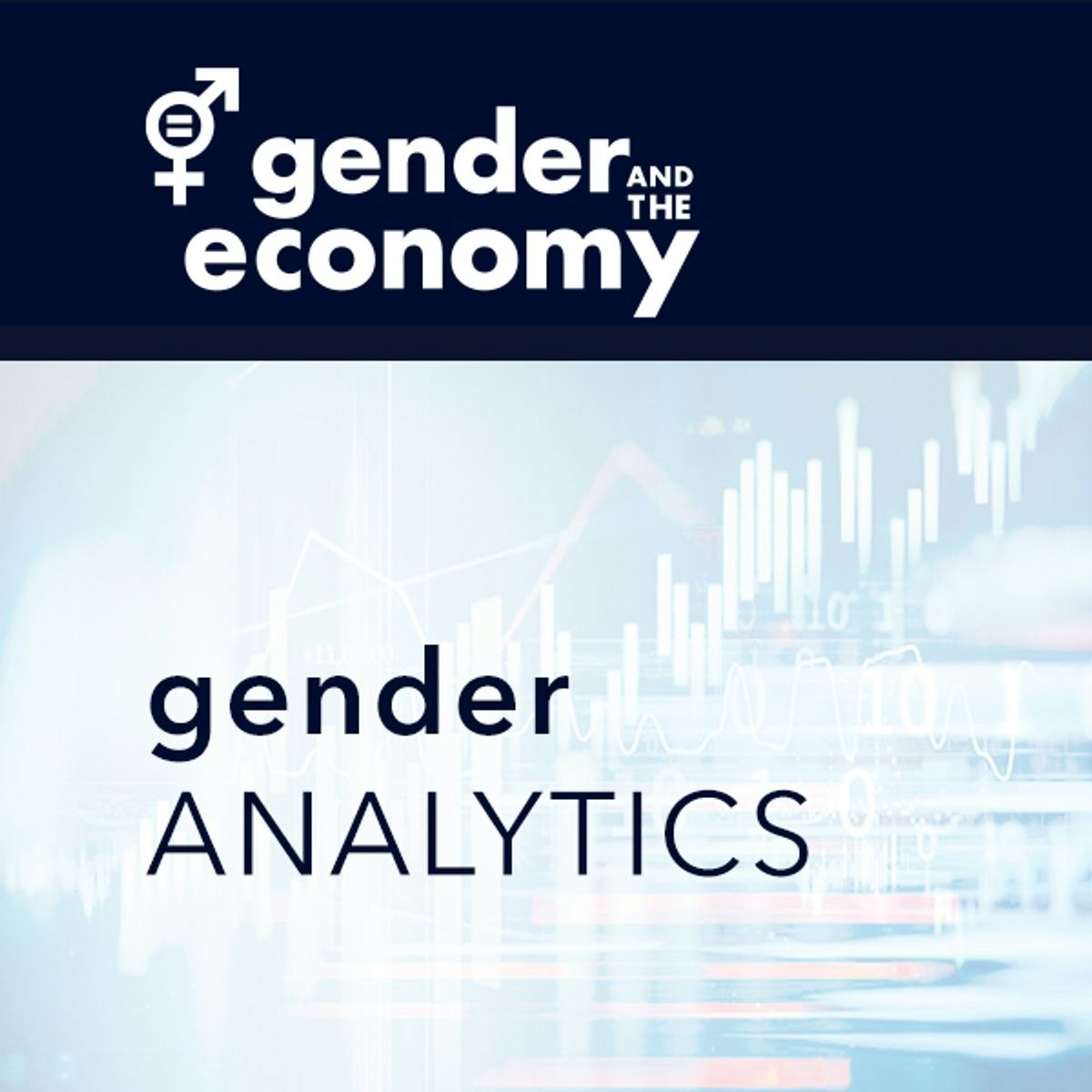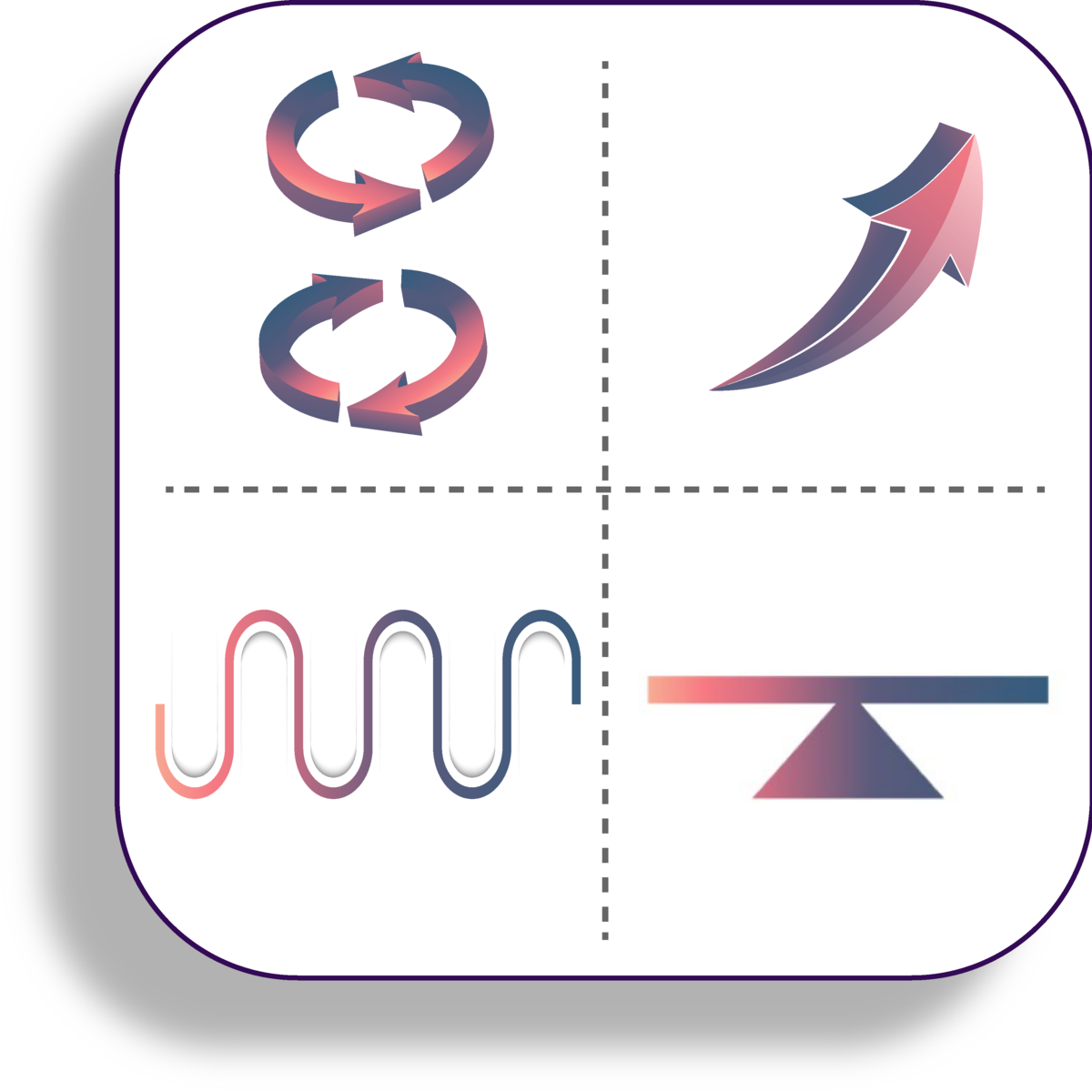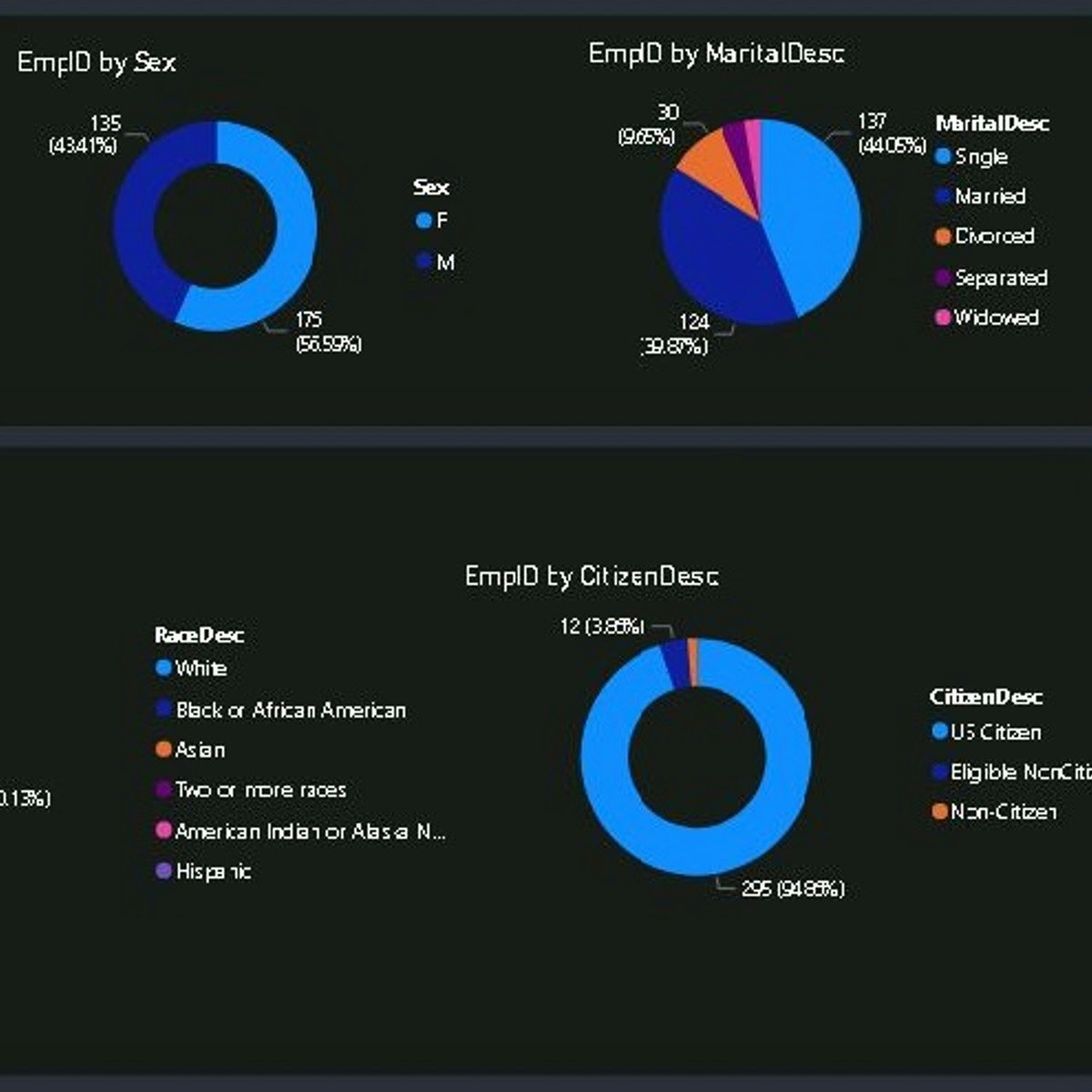Back to Courses









Business Courses - Page 76
Showing results 751-760 of 2058

Gender Analytics Capstone Project
It’s time to use your Gender Analytics skills to tackle a real-world challenge in your capstone project.
In the final course in the Gender Analytics Specialization offered by the Institute for Gender and the Economy (GATE) at the University of Toronto's Rotman School of Management, you will practice your Gender Analytics skills in an applied learning project that will take you through the entire process for using gender-based insights to generate innovative solutions. You will be expected to think about the problem using an intersectional gender lens, explore both quantitative and qualitative data, apply human-centered design methodologies to developing prototypes, and plan for roll out in an organization, market or community. This activity provides a hands-on learning opportunity to practice critical skills for Gender Analytics.

Reshaping Consumer Search
In this course, you will focus on reshaping digital consumer search. In particular, you will gain an understanding of digital marketing strategy planning and development.
By the end of this course, you will have developed your understanding of key topics such as; the
importance of a digital marketing strategy, the effects of digital disruptors, SWOT analysis in digital marketing, segmentation, targeting and positioning as well as the role of the marketing mix in digital marketing strategy.
Throughout the course, you will be prompted to consider how the topics relate to a company or brand of your choosing. You will be asked to analyse how successfully the company has implemented these topics and identify areas that can be improved.
You will have the opportunity to apply your knowledge by creating your own digital marketing strategy plan in the end-of-course assignment.
Completing this course will count towards your learning in the Digital Consumer Search and Marketing Specialization.

Introduction to Economic Theories
Wondering why economists have not predicted serious financial crises? Shocked by economic assumptions of human behavior as self-centered and focusing only on what can be measured? Asking yourself if there are no sensible economic alternatives to free markets? Then you are at the right place to learn economics!
This is the first online course that teaches economics from a pluralist perspective. Economic pluralism means that a plurality of theoretical and methodological viewpoints is regarded as valuable in itself and is simply the best way in which economics can make progress in understanding the world. This MOOC will illustrate economic pluralism not only in substance but also in form. You will see not only me, a Professor of Economics, but also a pop-up Prof of our business school, who illustrates the actor perspective of firms, government and civil society. And you will meet an online student, based in Greece, who will help you through the tutorial videos in which I will explain key concepts, tools and techniques.
I will not limit myself to the dominant theory, as almost every other course does. Instead, I will introduce you to four very different economic theories for the whole set of standard topics in microeconomics and macroeconomics. The theories are presented every time from broad and more interdisciplinary to narrow and more mathematical. The four theories that I like to introduce you to are Social Economics, Institutional Economics, Post Keynesian economics and, at the very end of each topic, Neoclassical Economics, for the special case of ideally functioning markets. But not everything is different in this course. Like every economics course, it includes numbers, diagrams, tables, equations, and some calculations.
Why would you go through the effort of learning the basics of four theories instead of one? Because it will help you to see why many economists cannot predict crises, whereas others can see signals but are often not being listened to because they do not belong to the dominant school of thought. It will also enable you to see that it is just one theory claiming economic agents to be self-centered and focusing on the measurable only. Other economic theories go well beyond these limitations. And, finally, the pluralist approach will provide you with policy alternatives to neoliberalist policies promoting free markets.
The objective of this course is twofold. First, to enable you to understand different economic viewpoints, linked to important traditions in economic thought, and basic economic concepts belonging to these theoretical perspectives. Second, to enable you to do some basic economic calculations that are important in economic life, such as calculating an inflation rate, and in economic policies, such as estimating the rough gains from trade for both trading partners, and in economic arguments, such as in calculating utility maximization with given prices and budgets.
Please note that if you do all course elements, total course load is likely to be 4 ECT (approx. 134 hours).
I hope you will enjoy the course!

Get started with Mural
This project allows you to discover Mural, an online platform to work in teams remotely and share information. You will understand the various features of the platform and be able to organize your ideas or business information. You will have all the basic skills to use Mural and to visually organize your information.

Blockchain Business Models
Blockchain is an emerging and highly disruptive technology that is poorly understood. In this course you will learn what blockchain is and how it can create value by tokenization in cryptocurrencies and in many other practical applications. The applications include: stablecoins (like Facebook’s Libra and JP Morgan’s JPMCoin), machine to machine payments, identity protection, supply chain management (Walmart, Maersk, IBM), secure voting, distributed exchanges, decentralized finance, property transfers, central bank fiat crypto (e.g., Fedcoin and China’s digital Renminbi), dispensing prescription drugs, private records, intellectual property, financial reporting, and media and advertising, to name a few. The goals of the course are to: (i) provide an advanced understanding of the various blockchain technologies; (ii) determine the specific business situations where blockchain technology can be deployed to solve important problems; (iii) select the specific blockchain technology that has the best chance of success for a particular problem; and (iv) detail the risks presented by this new technology.

How to Draw with Shapes & Lines in Adobe Illustrator
Adobe Illustrator can be a useful tool in creating digital graphics, but it can also be an overwhelming program to learn how to use. In this guided project, learners will walk through a step-by-step process to gain the basics of drawing with shapes and lines in Adobe Illustrator.
First, learners will discover the basic tools used for drawing straight line segments in Adobe Illustrator. Then, learners will walk through all of the other types of line segment tools and their features. Next, learners will gain an understanding of how to edit paths created in Illustrator. Then, learners will move on to drawing shapes in Illustrator. Finally, learners will be guided through some advanced features to edit and combine shapes and lines to make more complex, unique shape designs. Learners will finish this guided project with the skills to draw, edit, and manipulate many shapes and lines in Adobe Illustrator.

Types of Conflict
Conflict is everywhere and it is impossible to avoid conflicting viewpoints. However, not all conflict is bad, nor is it inherently negative. How conflict is handled makes all the difference. It is through proper identification and understanding of conflict that allows for effective resolutions, some of which may yield positive outcomes. In this course, we will examine the different types of conflict, how to understand and embrace the positive aspects of conflict, and how to successfully navigate conflict to positive resolution.
This course presents the material though video lessons, case studies, and interviews. In each module students will be presented with in-video quiz questions to test their understanding. To further their mastery of the content students will also be asked to complete two peer reviewed assignments.
Upon completing this course, you will be able to:
1. Identify the different types of conflict
2. Illustrate the positive aspects of conflict
3. Provide examples of positive ways to deal with conflict

Financial Markets and Instruments
This course is part of a Specialization titled “Strategy and Finance for a Lifecycle of a Social Business”. The beauty of a modern decision-making framework is that it can be used to understand value creation at any level – the individual or business or societal. The applications however become increasingly complex as your lens expands from the individual to the corporate/nonprofit to the global society.
There are two building blocks of modern decision making – time value of money and risk.
This is because all decisions are made with consequences for the future which, in turn is uncertain. A deep understanding of the value of time and risk is therefore key to understanding value creation.
This third course is an introduction to markets and two financial instruments, bonds and stocks, and how they are valued using the principles of time value of money covered in the two preceding courses in this specialization. The main purpose of this course is to serve as a bridge to figuring out the risk and return that individuals or businesses must use to figure out the value of any decision. While the return on any decision is ultimately determined by its risk, bond and stock markets enable the determination of the risk and return. This may be the biggest social value created by markets. Since individuals and households ultimately provide capital to both governments and businesses though the market, this course will also serve useful for personal financial decision-making.
As indicated at the outset, the beauty of modern frameworks and tools of analysis is that they are logical and do not change depending on the purpose of business. However, to demonstrate social impact is very complex because prices for both the public good, and any harm created by our actions, are not available. It is also very challenging to determine the incremental effect of a business on society at large. The combination of these issues makes all social impact and value specific to a business, making it even more important to use the same frameworks and tools developed in this Specialization to value any business.

HR Analytics- Build an HR dashboard using Power BI
In this 1 hour long project, you will build an attractive and eye-catching HR dashboard using Power BI. We will begin this guided project by importing data & creating an employee demographics page that gives us the overall demographic outlook of the organization. We will then create pie charts and doughnut charts to visualize gender & racial diversity. In the final tasks, we will create an employee detail page that will provide you with all the important information about any employee with just a click. We will also explore buttons, themes, slicers & filters to make the dashboard more interactive & useful. By the end of this course, you will be confident in creating beautiful HR dashboards that you can use for your personal or organizational purpose.

Sustainable Business: Big Issues, Big Changes
This is class 3 in the MOOC specialization, Become a Sustainable Business Change Agent.
This class looks at the big issues companies are fixing - climate change, water, worker satisfaction and supply chain issues.
You will learn tools to help your company address these issues intelligently.
The class ends with an assignment to set a science-based carbon reduction target for a small company. Tis is absolutely cutting edge material. Only about 300 companies in the whole world are doing this as of July 2017. You could put your company in the elite group!
With the knowledge and tools you have acquired from the 3 classes in this specialization you are well on your way to making a difference in your company, and making the future brighter for everyone.
Thank you for being part of this program!
Popular Internships and Jobs by Categories
Browse
© 2024 BoostGrad | All rights reserved


